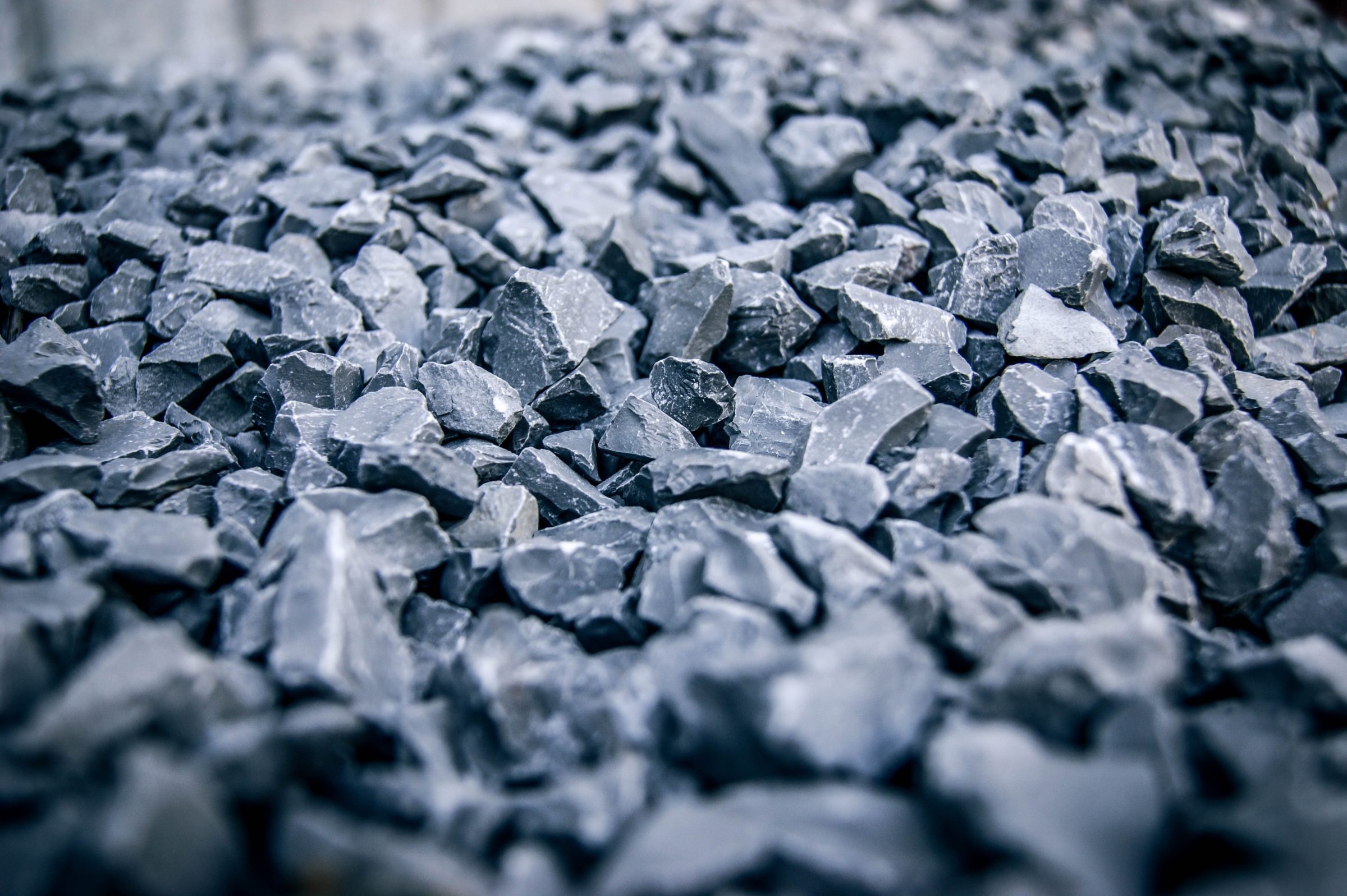How Are Aggregates Collected from Quarries?
July 12, 2022

Quarry processing of aggregates has been around in some form for as long as building has been done. Because aggregates (stone, sand and gravel) are naturally occurring materials, the need to extract those materials in an efficient way, has only continued to grow. The extraction process (quarrying) was aided by technological and equipment advances over the years, making aggregates the backbone of road, railway and airport construction, along with making modern water and sewage treatment possible. Being that most people are unfamiliar with the process, below is a glimpse of what’s involved when aggregates are extracted from quarries.
Planning
In real estate there’s a word that’s used on repeat: “Location, Location, Location.” That’s applicable to quarries as well. The natural occurrence of aggregate deposits means that quarries must be located near those deposits, and in close proximity to accessible transport routes. For United Companies, we also use our planning stage to map out the best way to develop and manage our quarries for sustainable use. That means a clean and safe operation from day one.
Extracting
Once operations are set in place, it’s time to remove the stone and rock. Initially, the top layer of earth is removed to expose the underlying material. Then comes a process that typically involves a procedure known as controlled blasting. Precision holes are drilled at specific points in the quarry walls and explosives are added. Upon detonation, large chunks of rock and stone are broken off, paving the way for excavators and loaders to fill transport trucks, bound for the primary crusher.
Crushing
Because the blasted material isn’t initially ready for use, the large rock pieces need to be reduced in size. In this initial stage, a primary crusher pulverizes the large rocks in a way that’s meant to be consistent with the type and style of aggregates being produced. The result is then screened to sort the product. For product that needs additional refining, a secondary crusher breaks down the aggregates further. A second screening process immediately follows the final crushing stage, further segmenting the product types. Prior to being ready for sale, the aggregates are typically washed to remove unwanted byproduct and debris, and then classified appropriately.
Transportation
Once the aggregate products are ready for the market, they are loaded onto large transport trucks and delivered to batch plants, constructions sites or retail locations to be sold for landscaping purposes. As mentioned earlier, this is where access routes become vitally important. Efficient movement of the final product to where it needs to go to be used can either make or break some projects.
Being part of the CRM family, United Companies prides itself on its aggregate operations and the products that the company makes. Aggregates are quite literally the lifeblood of most construction projects, making their quality and timeliness to market a necessity. If you have questions about aggregates, or if you need a quote to price out your next project, we’d be thrilled for you to contact us. Our professionals are ready and willing to get you what you need for a successful outcome!

